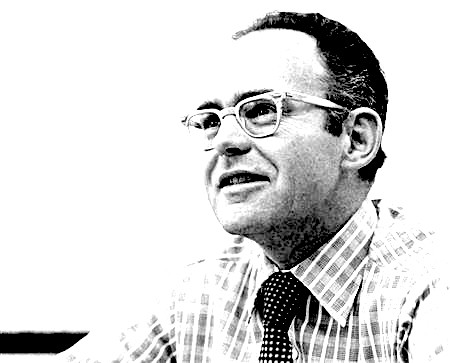Computer technology's rapid growing rate was predicted by a man 50 years ago. The observation was called "Moore's Law."
Electronics magazine tasked Gordon Moore for an opinion piece on April 1965 for its anniversary issue for 35 years. Moore wrote then that the quantity of transistors inside an integrated circuit would definitely double every 12 months.
Moore was still heading the Fairchild Semiconductor's R&D department when his piece was finished for the world to see. However, he did eventually become a co-founder of the famous Intel Corporation, a company that would eventually become one of the world's largest chip manufacturer for desktop computers.
After a decade, Moore made modifications on his prediction, saying that the density and growth would double every two years, instead of his early prediction of double every year, according to SlashGear.
Moore's Law is impressive as the tech industry sees all kinds of devices and chips come and go. Sometimes, certain techs became obsolete, but the law remained true for half a century.
However, as more tech becomes realized, some speculate that Moore's law might not be able to predict the upcoming trends in the industry such as miniaturization of chipsets.
The death of Moore's Law will not be the end of technological innovations. Improvements in technology are now aimed at energy efficiency and process accuracy, according to Fortune.
For instance, the advent of self-driving cars is nearing thanks to the advancements in technology. Moore's law did predict how fast technology will improve, but it did not tell how or where it will be used.
Moore's law will still be remembered as a point of comparison on how far technology has improved in the last 50 years.



























